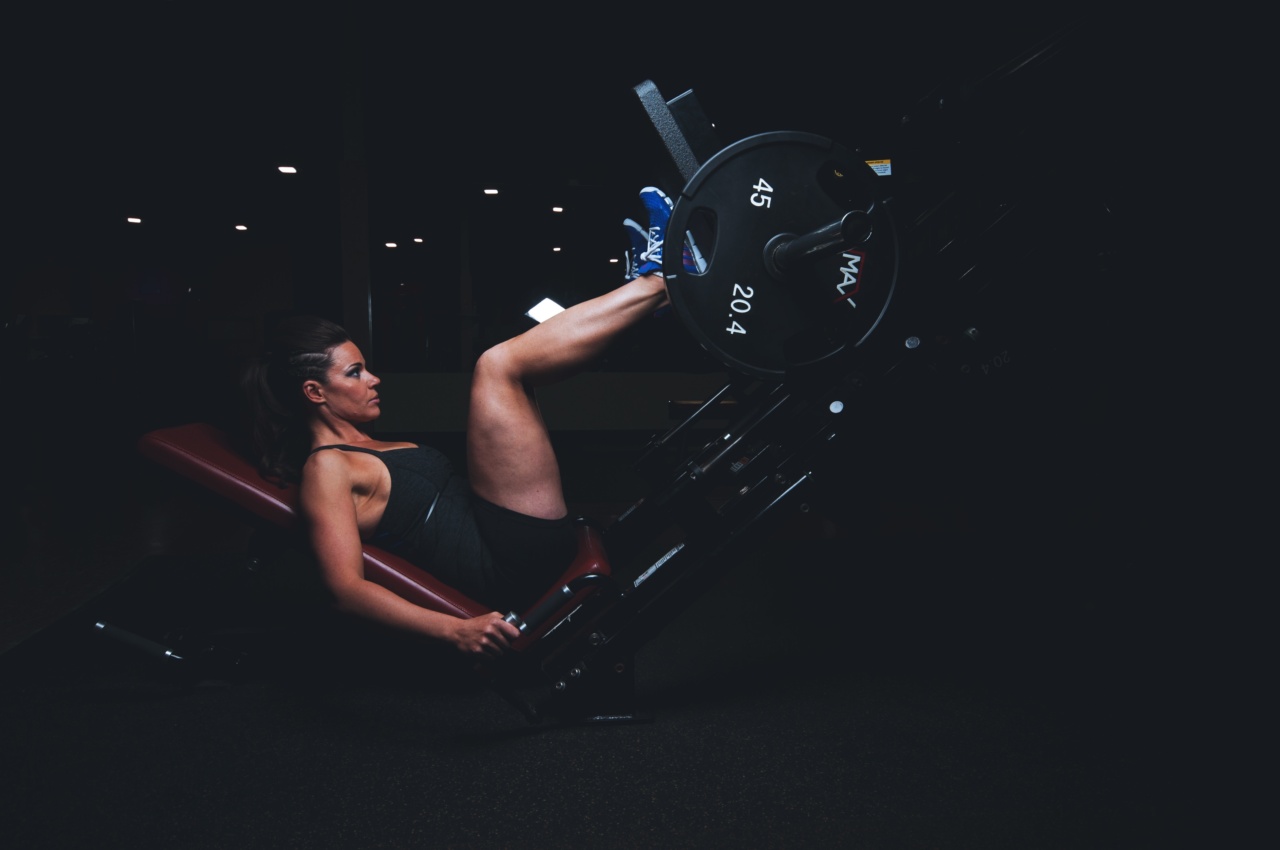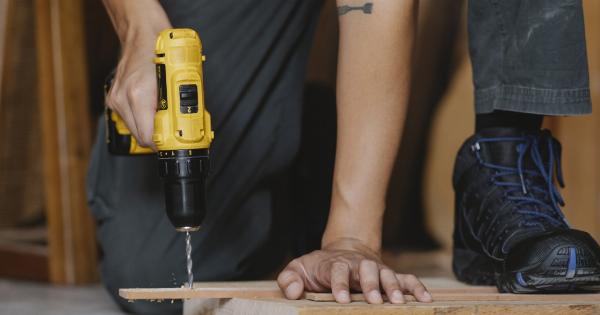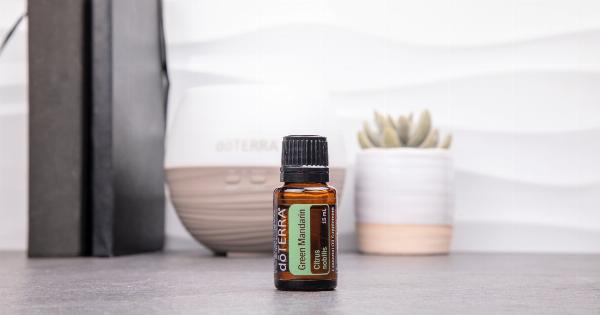Sweaty legs can be an uncomfortable and embarrassing problem that affects many people.
Whether you’re dealing with excessive sweating due to a medical condition or simply experience sweat on a regular basis, there are several strategies you can use to reduce the amount of sweat and improve your overall comfort. In this guide, we’ll explore some effective techniques for ending sweaty legs and help you find relief from this frustrating condition.
What causes sweaty legs?
Sweating is a natural process that helps regulate body temperature by releasing heat and moisture from the skin. However, some people experience excessive sweating, which can be caused by a variety of factors:.
- Hyperhidrosis – a medical condition that causes excessive sweating beyond what is necessary for temperature regulation.
- Anxiety and stress
- Wearing tight or synthetic clothing that trap moisture against the skin
- Spicy foods or caffeine
- Pregnancy or menopause
How to reduce sweating on your legs?
If you’re dealing with sweaty legs, there are several strategies you can use to help reduce the amount of sweat you produce:.
Wear breathable fabrics
Wearing breathable, natural fabrics such as cotton, linen or bamboo can help keep you cool and dry. Avoid synthetic fabrics like polyester or nylon since they trap moisture close to your skin.
Avoid tight-fitting clothing
Tight clothing can create friction that leads to more sweating, so try to wear loose-fitting clothing instead. Also, consider choosing clothing with moisture-wicking properties that will help draw moisture away from your skin.
Avoid spicy foods and drinks
Eating spicy foods or drinking caffeine can increase your body temperature and lead to more sweating. Try to avoid these types of foods and beverages, especially if you’re going to be active or outdoors.
Use antiperspirants
Antiperspirants can be helpful in reducing sweating since they contain aluminum compounds that block sweat ducts.
However, it’s important to choose a product that is specifically formulated for use on your legs and follow the directions carefully to avoid irritation.
Practice good hygiene
Keeping your skin clean and dry can also help reduce sweating. Shower regularly and use a gentle, antibacterial soap to avoid irritation. Also, carry a small towel or cloth to wipe away sweat as needed throughout the day.
Try relaxation techniques
Anxiety and stress can cause your body to produce more sweat. Try relaxation techniques like meditation, yoga, or deep breathing exercises to lower your stress levels and reduce sweating.
Consider medical treatments
If your sweating is severe and affecting your quality of life, you may want to explore medical treatments like prescription antiperspirants, Botox injections or surgery to remove sweat glands.
Talk to your doctor to see if these options are right for you.
Conclusion
Sweaty legs can be a frustrating and uncomfortable problem, but there are many effective strategies you can use to help reduce sweating and improve your quality of life.
By choosing breathable fabrics, avoiding tight-fitting clothing, practicing good hygiene, and considering medical treatments, you can find relief from this common condition.






























